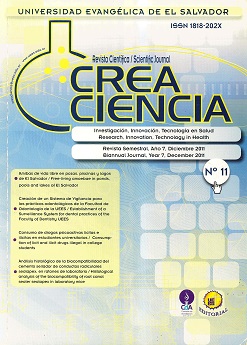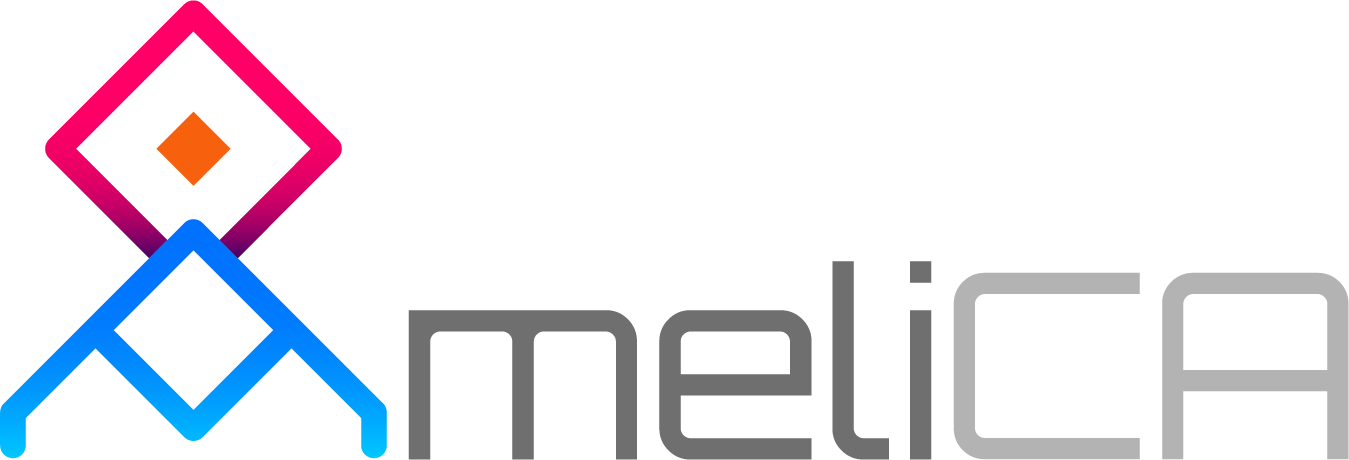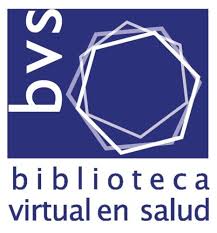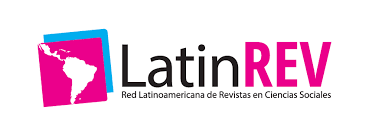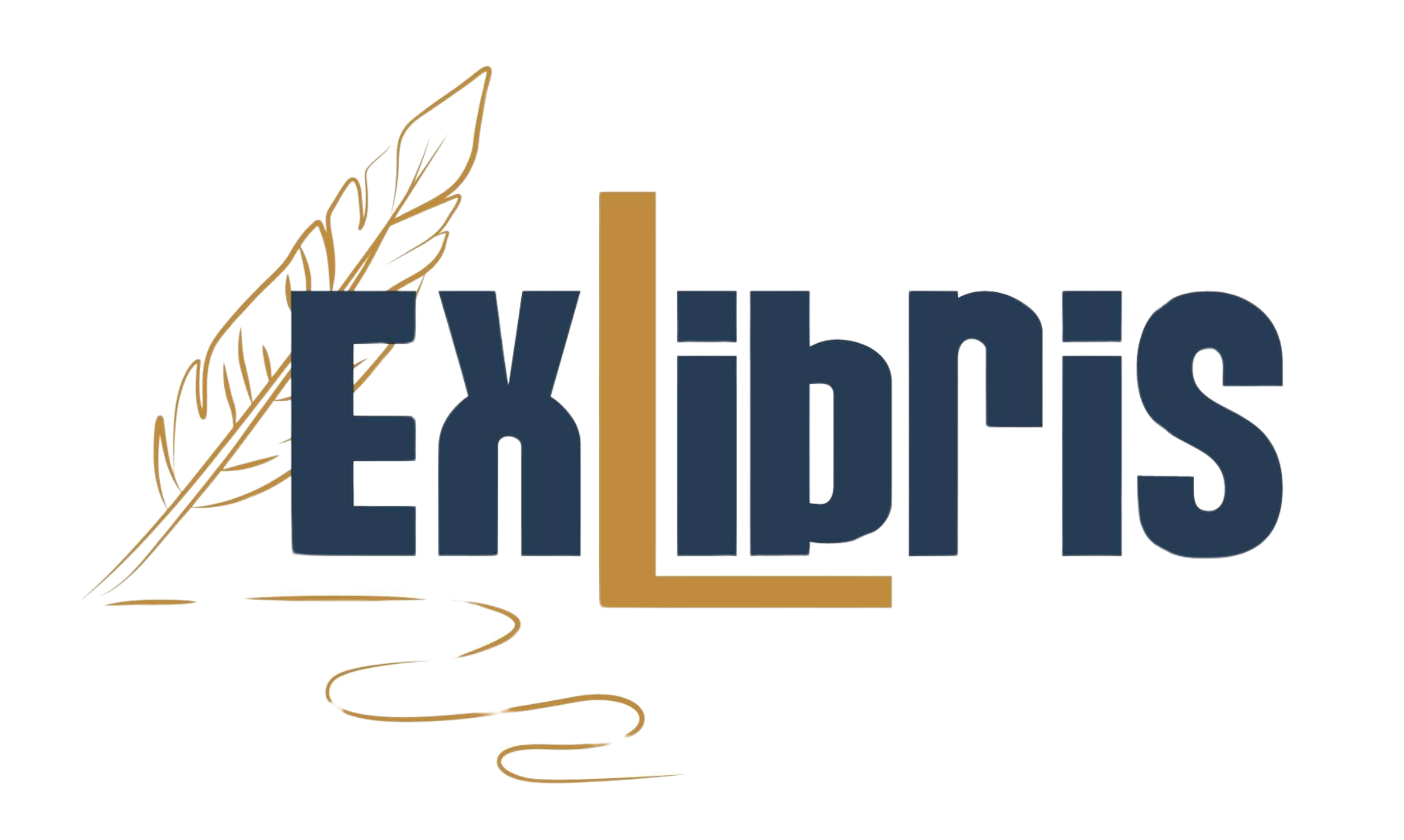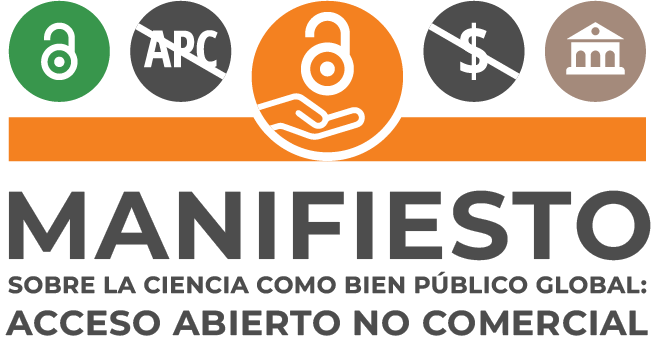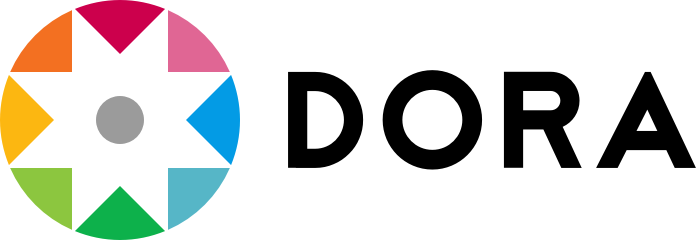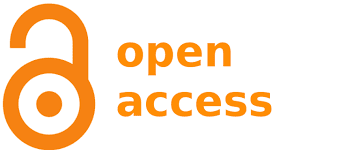Consumption of licit and illicit psychoactive drugs in university students
DOI:
https://doi.org/10.5377/creaciencia.v0i11.8145Keywords:
Simultaneous consumption, drugs, substances psychoactive, prevalenceAbstract
The objective of the study was to determine the consumption of legal and illegal psychoactive substances in university students.
It was carried out in 14 private universities in El Salvador, with a sample of 594 active university students, enrolled in the different careers that these universities serve, with a confidence level of 95% and a confidence interval of 4%, the sample was stratified proportionally. according to the student population of each university. The type of study was descriptive with a cross-sectional design. The prevalence of drug use in the study was found to be low for licit drugs and much lower for illicit drugs. Alcohol and tobacco were the substances most consumed by students and it was found that the consumption of drugs simultaneously is minimal. The student mentioned being between satisfied and very satisfied, which was reflected in his academic averages, which were good and very good. In the family aspect, the relationships with their parents were very good and good, where the bad relationships or the non-relationship with their parents resulted in very low percentages.
Economically, the consumption of psychoactive substances has affected him very little, this is related to the low consumption found in the study; Only in very few cases has he incurred actions such as lending money to friends, family or anyone. In actions that go against the law, committed when the student was under the influence of psychoactive substances, there were cases of car accidents, academic calls for attention, problems with the police, fights that resulted in arrests, fines for driving in that state, imprisonment, being hurt or injured by another person, and being suspended from college, all of the above actions occurred in low percentages.
Downloads
Published
Issue
Section
License

This work is licensed under a Creative Commons Attribution-NoDerivatives 4.0 International License.
Los artículos de Crea Ciencia están publicados en acceso abierto bajo una licencia CC BY-NC-SA 4.0 de la Universidad Evangélica de El Salvador.

